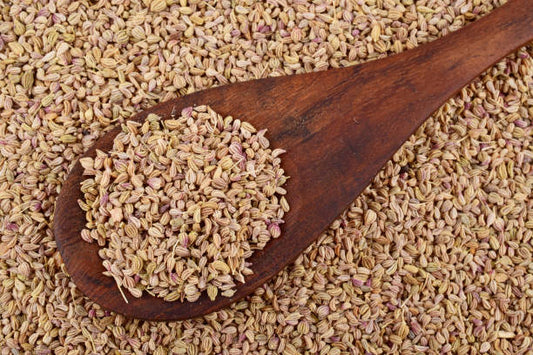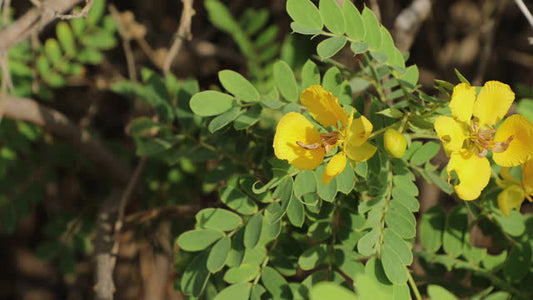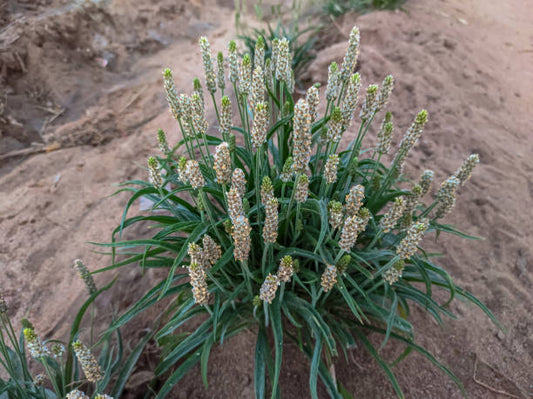Mimosa pudica, also known as "sensitive plant," "touch-me-not," or "shameplant," is a creeping, herbaceous plant that belongs to the pea family. This plant is native to South and Central America, but it has been naturalized in many parts of the world, including Asia, Africa, and Australia. Mimosa pudica is known for its unique ability to rapidly fold its leaves inwards and droop when touched or disturbed, hence its common name "sensitive plant."

Aside from its curious behavior, Mimosa pudica has also been used in traditional medicine for various purposes. In this blog, we will discuss the information, uses, and potential side effects of Mimosa pudica.
What is Mimosa Pudica?
Mimosa pudica is a small, thorny plant that can grow up to 50 cm tall. Its leaves are fern-like, with small leaflets that are arranged in pairs along the stem. The plant produces pink or purple flowers that are shaped like pom-poms. Its fruit is a long, slender pod that contains small, brown seeds.

Mimosa pudica contains several biologically active compounds, including alkaloids, flavonoids, and tannins. These compounds are responsible for the plant's medicinal properties.
Unveiling the Sensitive Plant - Mimosa Pudica:
Mimosa pudica is a delicate perennial herb native to South America, but it can now be found in various tropical regions across the globe. What sets this plant apart is its remarkable response to touch, earning it the playful moniker "sensitive plant."
The Touch-Me-Not Reaction:
Upon physical contact, the leaves of Mimosa pudica respond promptly by folding inward and drooping, as if in response to a gentle touch. This unique behavior is an adaptive response, potentially serving as a defense mechanism against herbivores or to conserve moisture during unfavorable conditions.
Traditional and Modern Uses:
Curious Benefits of Mimosa Pudica:
-
Digestive Support: In traditional medicine, Mimosa pudica is believed to have properties that can aid in digestive health, potentially easing symptoms like diarrhea.
-
Antimicrobial Effects: Certain components in Mimosa pudica are thought to possess antimicrobial properties that could be valuable in managing infections.
- Wound Healing: The plant's use in traditional medicine points to its potential in assisting wound healing and alleviating skin discomfort.
Side effects of Mimosa pudica
While Mimosa pudica is generally safe for consumption, some people may experience side effects such as :
FAQs
Q: Is the sensitive plant safe to touch?
A: Yes, touching the sensitive plant is safe and a fascinating experience. The folding response is temporary and harmless to the plant.
Q: Can I consume Mimosa pudica as a supplement?
A: While there are dietary supplements containing Mimosa pudica extracts available, it's advisable to consult a healthcare professional before adding any new supplements to your regimen.
Q: Can I grow Mimosa pudica at home?
A: Absolutely! Mimosa pudica can be cultivated as a houseplant. Its interactive nature makes it an enjoyable addition to home gardens.
Q: Are there any allergies associated with Mimosa pudica?
A: Some individuals may have sensitivities to plants, but Mimosa pudica allergies are relatively rare. However, it's always wise to exercise caution if you have a history of plant allergies.
Reference
Sharma, A. K., et al. "Mimosa pudica Linn.–A Comprehensive Review." Pharmacognosy Reviews, vol. 5, no. 9, 2011, pp. 127–135. doi:10.4103/0973-7847.91101.
Author: Nikita Vishnoi BCA
Reviewed by: Dr. S Satsangi












